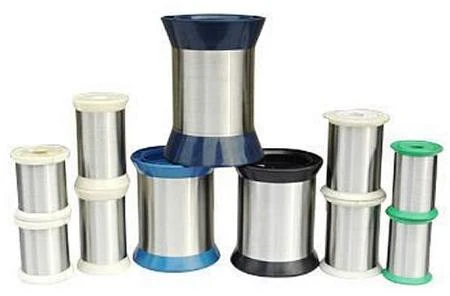 TEL:
+86-13102802206
TEL:
+86-13102802206
 Email:
fencenetting@china.com
Email:
fencenetting@china.com
 Language
Language
 TEL:
+86-13102802206
TEL:
+86-13102802206
 Email:
fencenetting@china.com
Email:
fencenetting@china.com
 Language
Language


The Rise of ChickenNet Revolutionizing Poultry Farming
In recent years, the agriculture industry has undergone significant transformations due to advances in technology. One of the most promising developments in this field is the emergence of ChickenNet, a comprehensive network designed to enhance poultry farming. This novel concept is not only revolutionizing the way farmers manage their flocks but is also improving animal welfare and boosting productivity.
ChickenNet operates on the principle of connectivity, harnessing the power of the Internet of Things (IoT) to create a smart farming environment. Through a myriad of sensors and devices, farmers can monitor their chickens’ health, behavior, and environmental conditions in real time. This technology allows for precise adjustments to be made to their living conditions, thereby ensuring optimal growth and minimizing stress among the birds.
The Rise of ChickenNet Revolutionizing Poultry Farming
Moreover, ChickenNet enhances feed management. Nutritional needs for poultry can vary considerably based on their growth stage, breed, and environmental factors. With the help of data analytics, ChickenNet allows farmers to customize feed mixtures that cater to the specific needs of their chickens. This not only maximizes growth efficiency but also minimizes waste, as farmers can avoid overfeeding and reduce the environmental footprint associated with poultry farming.

Environmental factors play a crucial role in poultry raising. ChickenNet offers farmers the capability to monitor temperature, humidity, and air quality within poultry houses. These metrics are critical to maintaining a healthy living space for the birds. By utilizing smart ventilation systems and climate control technologies that respond to real-time data from ChickenNet, farmers can create an optimal environment that reduces stress and promotes the well-being of their flock.
In addition to individual chicken welfare, ChickenNet also contributes to sustainable agricultural practices. By optimizing resource use—such as water and feed—ChickenNet can help lower the overall resource consumption of poultry operations. This alignment with sustainability goals is increasingly important in today’s world, where consumers are demanding cleaner, more ethically produced food.
Furthermore, ChickenNet has the potential to significantly improve workforce efficiency. Traditional poultry farming often requires extensive manual labor for monitoring and maintaining optimal conditions. With the automation provided by ChickenNet, farmers can allocate their time and resources more effectively, allowing them to focus on strategic decision-making and ultimately, enhancing the overall productivity of their farms.
As the world increasingly shifts towards digital solutions, ChickenNet stands at the forefront of this revolution in poultry farming. By integrating advanced technology with traditional farming practices, it offers a roadmap to a more efficient, sustainable, and humane approach to poultry production. Farmers who adopt this technology are not only improving their operational outcomes but also paving the way for the future of agriculture.
In conclusion, ChickenNet represents a significant leap forward in the poultry industry. By utilizing innovative technology to monitor health, optimize feed, and improve environmental conditions, it fosters a new era of farming that prioritizes animal welfare and efficiency. As this technology continues to evolve and gain traction, we can expect a brighter, more sustainable future for poultry farming—one that benefits farmers, consumers, and the chickens themselves. The integration of ChickenNet into the poultry farming sector is indeed a significant step in nurturing healthier livestock and a healthier planet.